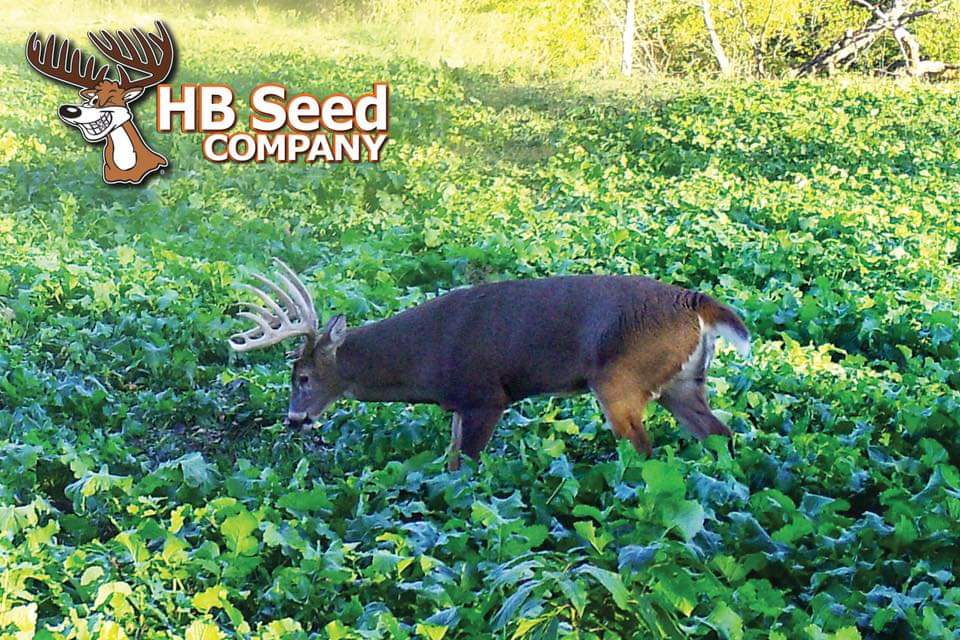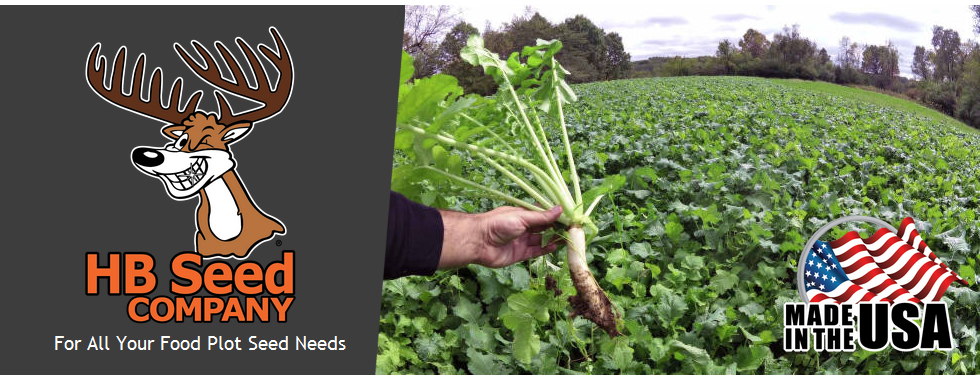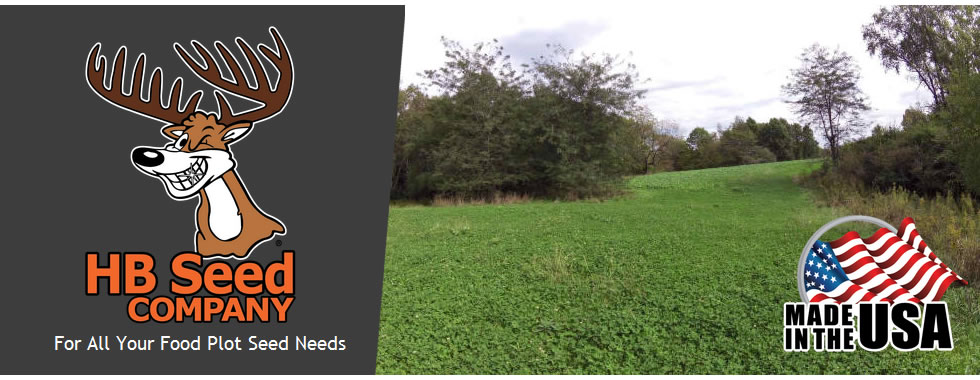
When it comes to food plots, we get a lot of questions about what to do, when. And we get it! It gets confusing. There’s spring plots and there’s summer plots; there’s small kill plots and there’s big food plots. All of these need to be handled differently. And then there’s soil tests, weed control, fertilizer, what KIND of fertilizer… oof!
It’s ok. We’ll walk you through a basic timeline, and then over the next few months we’ll dive deeper into some of these specific steps. Refer back to this as the year goes on to stay on track with your plotting plans. *Note* We do realize this may vary based on where you’re located. If you have specific questions, don’t be afraid to reach out.
Winter/Early Spring
- Mineral/Supplemental Feeding – If you’re somewhere where you can put out mineral or other supplemental feed, we highly recommend that you do. This can help alleviate stress on the deer during times of low food sources. (Be sure to check your local game laws.)
- Pick new potential Food Plot/Kill Plot sites – take advantage of the snow for finding trails and bedding areas. Use that information to pick new plot sites (if you need them); keep in mind access to these locations and prevailing winds during hunting season. Note: when we say food plot, we’re talking a minimum of 2 acres; kill plots, under 1 acre.
- Soil testing – As soon as you can. Please, please do not skip soil testing! The results from your soil test are your guide to food plot success. By skipping soil testing and fertilizing according to the test’s results, you will be losing out on your food plot’s potential.
- Frost seeding – Wait until the snow is gone and some of the frost has come out of the ground. Seeding too early means it will sit on top of the snow or frozen ground, which means risking that most of it could become bird food. We recommend frost seeding clover such as our Luck O Blend; most of our other blends should be planted later.
May
- Soil testing – If you haven’t done it yet, May is still a good time. You can still get your results with enough time to prepare for what you may need to add to your soil.
- Weed control – Just because your plot looked brown and dead in April doesn’t mean the weeds aren’t there. Your seed doesn’t stand a chance if it’s going to be competing with weeds, so make sure you’re eliminating those as much as you can.
- Ag-lime – If you plan to use ag-lime, now is a good time to start applying it. Apply it too soon, and it may wash away with rain. Apply it too late, and it won’t have time to start working and impact your seed growth. A great alternative? Liquid Lime.
June/July
- Continue with weed control, as needed
- Apply ag-lime, as needed
- Mow any clover plots – if you frost seeded clover in early spring, you’re going to want to mow that when it blossoms.
July/August
- Fertilize – You want to try to fertilize as close to planting as you can so the fertilizer can be used by the seed, not washed away.
- Plant! – Ideal timing is 60-80 days before a killing frost. Planting too early means your plots will likely be there and gone before hunting season even opens. Be patient! We promise it’s worth the wait.
Of course, fertilizing and planting are not just two simple last steps and then you’re done. There’s disking, rolling, and making sure you’re not over/under seeding too. Equipment varies, as does the blend you’re planting; we’ll get into those details in another post.
Simple enough, right? Just remember, once you have a location established, the key steps are these: soil test, weed control, fertilize, plant. Oh, we almost forgot…
Fall – Shoot a Big Buck!

Got more specific food plotting questions for Doug? See the full schedule of upcoming seminars here. Or simply comment on this post!




